235 vs 265 Tires
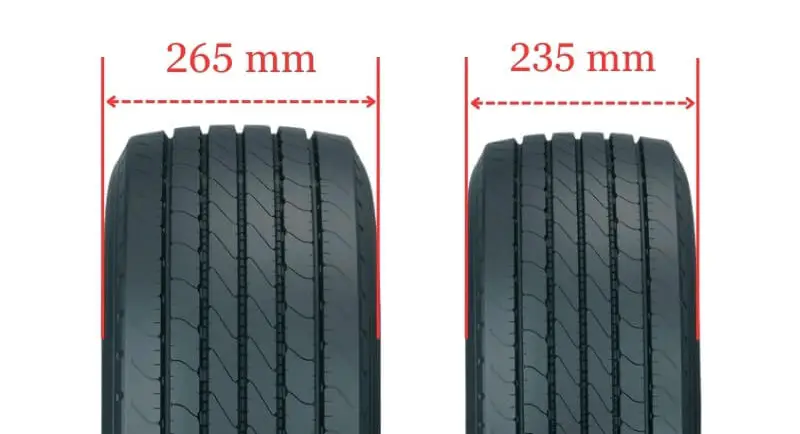
The main difference between a 235 tire and a 265 tire is the width – a 265 tire is 30mm (or about 1.2 inches) wider than a 235 tire. This results in a 12.8% increase in tread width for the 265 over the 235.
265 vs 235 Tires
We will compare two tires with different benefits to better understand the underlying variances.
| Tire Size 235 | Tire Size 265 |
|---|---|
| Narrower 9.25 inch Tread Width | Wider 10.43 inch Tread Width |
| Slightly Better Fuel Efficiency | Slightly Lower Fuel Efficiency |
| Smoother Ride Quality on Pavement | More Cushioned Ride Off-Road |
| Quick Steering Response and Handling | Enhanced Stability on Loose Surfaces |
| Lower Noise Levels on Average | Capable Traction in Mud |
| Longer Treadlife Potential | Improved Ground Clearance |
| Easier Cutting Through Deep Snow | More Aggressive Visual Appearance |
Ground Clearance
A wider 265 tire provides slightly more ground clearance than a 235, which can be beneficial for off-road driving over obstacles.
However, the minor increase in clearance also causes a slight drop in speedometer accuracy. Overall, the difference is minor, and both sizes perform well on uneven terrain.
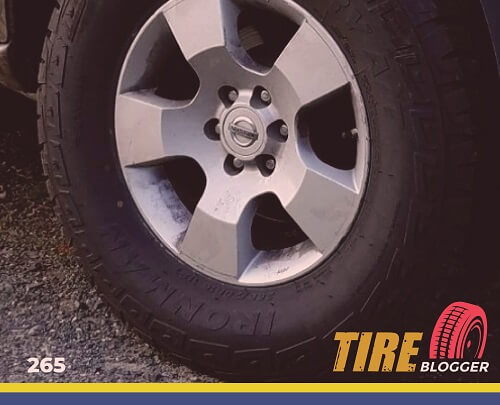
Gas Mileage
With a smaller contact patch, 235 tires confer marginally better fuel efficiency over their 265 counterparts. The lighter 235 tire also has a bit less rolling resistance.
For daily driving and long trips, this can translate to slightly improved gas mileage. But the difference is small, and both provide good efficiency.
Ride Comfort
On smooth roads, the narrower 235 may feel smoother and absorb fewer vibrations. But on rough terrain, the slightly taller 265 tire provides a bit more cushioning thanks to increased air volume and sidewall height. Overall comfort levels are comparable between the two sizes.
Aesthetics
The chunkier 265 has a more aggressive, trail-ready look than the narrower 235. But both sizes have attractive styling options available.
Overall, aesthetics are a matter of personal taste rather than a significant difference between the two widths.
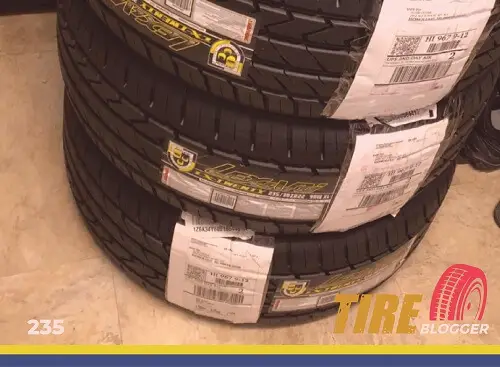
Handling & Stability
With a smaller contact patch, the 235 offers a subtle handling advantage on the pavement with a quicker steering response.
But both widths deliver responsive, stable handling under most conditions. The wider 265 gains a slight stability edge on loose surfaces like gravel.
Noise & Vibration
Tread patterns make a bigger difference than width alone regarding noise and vibration. Still, the narrower 235 is marginally quieter on average while transmitting fewer vibrations from the road. But both provide low noise and vibration for a comfortable ride.
Durability & Wear
he 235’s smaller footprint distributes weight slightly more evenly, allowing for minor improvements in treadwear.
But modern tire compounds ensure both sizes are highly durable, with only subtle durability differences between the two widths.
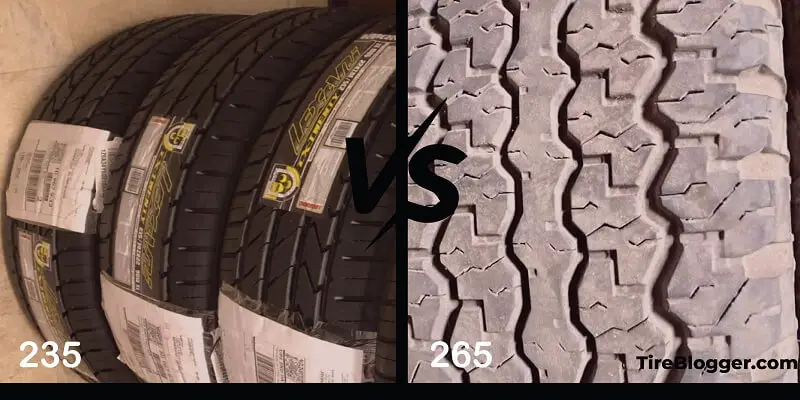
Adverse Conditions
The skinnier 235 can cut through to the pavement a bit easier in heavy snow. But the 265’s added traction provides improved performance on muddy terrain.
Overall, both handle adverse conditions well with only minor performance distinctions.
Speedometer
When upsizing from a 235 to a 265 tire, a minor speedometer recalibration is needed to account for the slightly larger diameter.
This small adjustment keeps the speed reading accurate. But the speed difference is negligible between the two sizes.
Difference Between 235 and 265 Tires
The main difference between 235 and 265 tires is the section width, with 265 tires being 30mm wider than 235 tires.
This difference in width affects various performance aspects, such as handling, traction, and ride comfort.
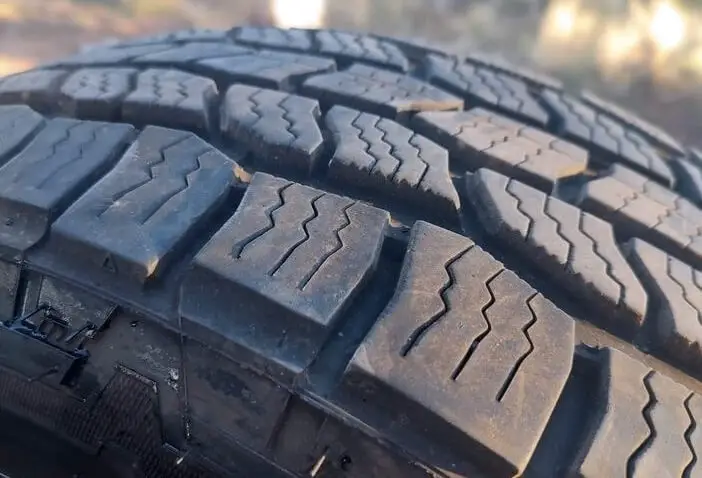
Can I Replace 235 Tires With 265
Yes, it is possible to replace 235 tires with 265 tires. The ideal rim width range for 235 tires (7.0-8.5 inches) overlaps with the range for 265 tires (8.0-9.5 inches), making the switch feasible.
Remember that the aspect ratio and rim diameter should be compatible with your current configuration. In cases where a perfect match is not available, the overall diameter difference should not surpass 3% to ensure speedometer accuracy and vehicle performance remain unaffected.
Can I Replace 265 Tires With 235
Yes, it is possible to replace 265 tires with 235 tires. The ideal rim width range for 265 tires (8.0-9.5 inches) overlaps with the range for 235 tires (7.0-8.5 inches), making the switch possible.
Keep in mind that the aspect ratio and rim diameter should align with your current setup. In the event of a mismatch, strive to keep the overall diameter difference under 3% to avoid compromising speedometer accuracy and vehicle performance.
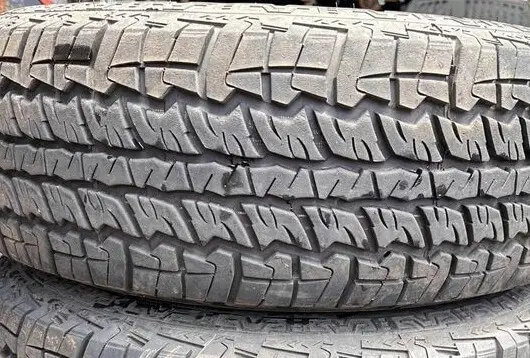
Can You Put a 265 Tire on a 235 Rim
Yes, you can put a 265 tire on a rim designed for 235 tires, as long as the rim width falls within the 8.0-8.5 inch range, which is compatible with both tire sizes.
Can You Put a 235 Tire on a 265 Rim
Yes, you can put a 235 tire on a rim designed for 265 tires, as long as the rim width falls within the 8.0-8.5 inch range, which is compatible with both tire sizes.
Our Observation
After comparing the 235 and 265 tire sizes, I’m impressed by how alike they perform across the board. While the 265 is noticeably wider, it only meaningfully outdo the 235 in some categories.
Both provide a superb combination of smooth on-road ride quality and rugged off-road ability. The burlier 265 has an aggressive look that I find very cool, but the svelte 235 delivers nearly identical durability and handling.
For most drivers, either size will supply fantastic overall driving performance. The differences are minor and boil down to personal taste more than a definitive advantage of one over the other. Both the 235 and 265 seem like phenomenal, exceptionally versatile options.

Meet Caitlin McCormack, a Tire Size Expert and Blogger Passionate About Everything Related to Tires. With Years of Experience in the Tire Industry, Caitlin Has Become an Expert in Tire Sizes and Their Impact on Vehicle Performance.
